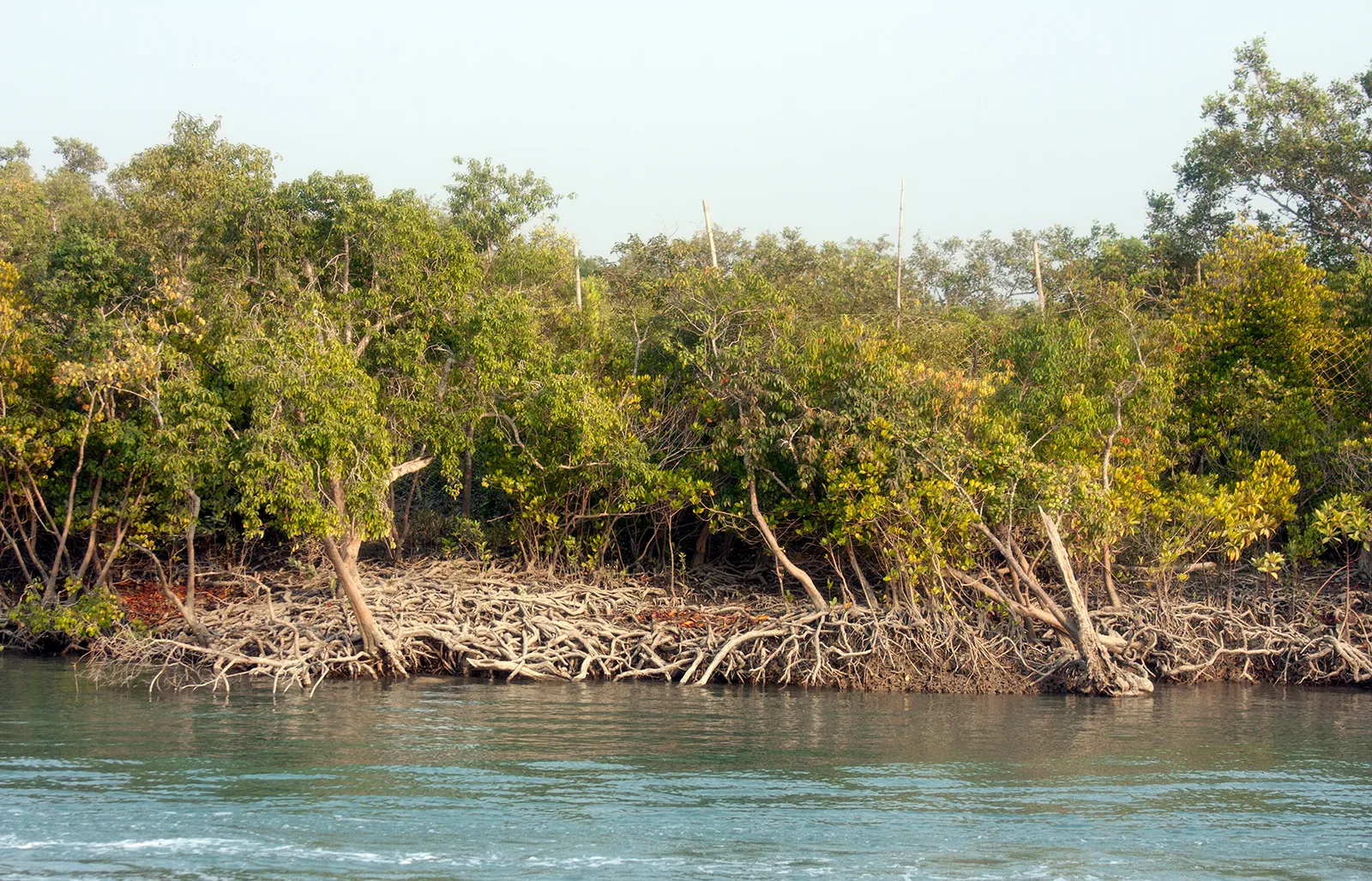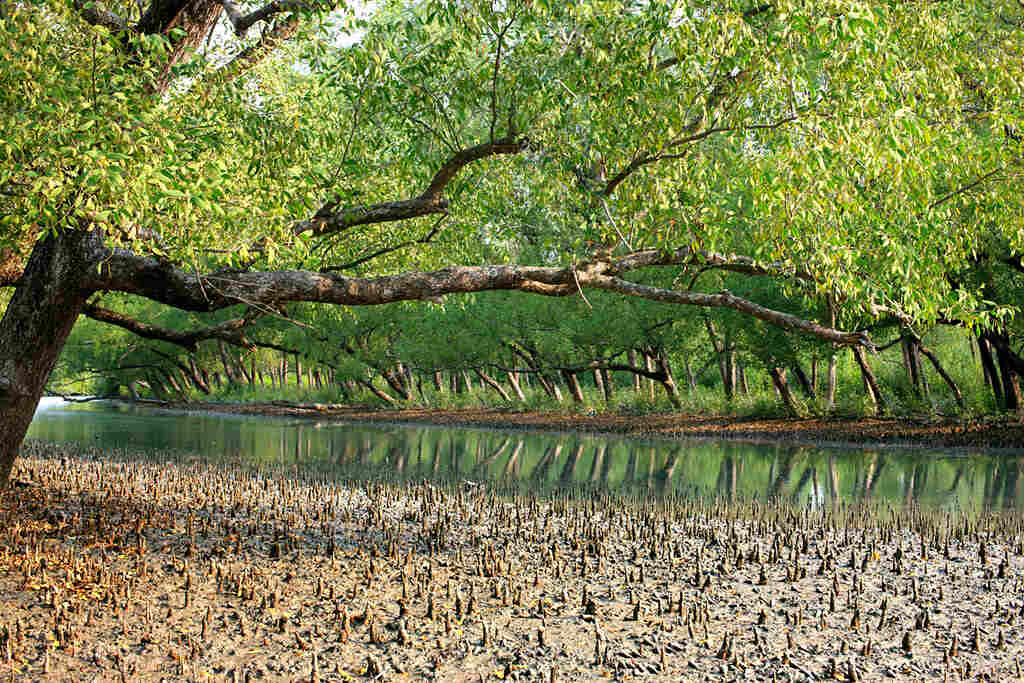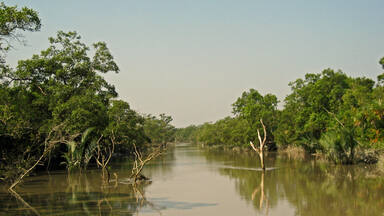 Introduction
Introduction
The Sundarbans, located in the southwestern part of Bangladesh, is the largest mangrove forest in the world and a UNESCO World Heritage Site. Covering approximately 10,000 square kilometers, with around 60% in Bangladesh and the rest in India, the Sundarbans is home to an incredible variety of wildlife, waterways, and natural beauty. Known as the home of the Royal Bengal Tiger, it is one of the most extraordinary natural wonders of Bangladesh and a top ecotourism destination.
History and Importance
The word Sundarbans means “beautiful forest” and is believed to have come from the Sundari tree (Heritiera fomes), which is the dominant tree species in the area. The forest has been a lifeline for centuries, providing shelter, livelihood, and resources for local communities. Today, it plays a vital role in:
-
Biodiversity Conservation – Home to endangered species.
-
Climate Protection – Acting as a natural barrier against cyclones and tidal surges.
-
Global Heritage – Recognized by UNESCO in 1997 for its ecological value.
 Why Visit the Sundarbans?
Why Visit the Sundarbans?
The Sundarbans is not just a forest—it is a living, breathing ecosystem where rivers, tidal creeks, and dense mangrove trees form a mystical landscape. Visitors are drawn here for:
-
Wildlife Safari – Spotting the elusive Royal Bengal Tiger.
-
Birdwatching – Over 300 species of birds, from migratory to rare local ones.
-
River Cruises – Exploring the forest through winding rivers.
-
Adventure Travel – Trekking, photography, and eco-tours.
-
Natural Beauty – Sunrise and sunset views over mangrove-covered rivers.
Major Attractions in the Sundarbans
1. Royal Bengal Tiger
The biggest attraction of the Sundarbans is the Royal Bengal Tiger, known for its strength and adaptability in the mangrove environment. Although sightings are rare, the thrill of possibly encountering one adds to the adventure.
2. Diverse Wildlife
The Sundarbans is a biodiversity hotspot, home to:
-
Estuarine crocodiles
-
Spotted deer
-
Fishing cats
-
Monitor lizards
-
Gangetic and Irrawaddy dolphins
3. Birdwatcher’s Paradise
Bird enthusiasts will find species like the masked finfoot, kingfishers, egrets, herons, and migratory waterfowl. Winter is the best time for birdwatching.
4. Karamjol Wildlife Center
Located near Khulna, Karamjol is a great spot to learn about the forest’s ecology and see animals in a protected environment.
5. Kotka and Kochikhali
These are famous safari spots in the Sundarbans, known for open grasslands, deer herds, and bird colonies.
6. Hiron Point (Nilkamal)
A UNESCO-declared World Heritage site within the forest, Hiron Point is rich in wildlife and scenic views.
7. Dublar Char Island
This island is popular for its fishing villages and the Rash Mela festival, held annually by local communities.
Things to Do in the Sundarbans
-
River Cruises – Explore narrow creeks and canals by boat.
-
Wildlife Photography – Capture stunning shots of mangroves, animals, and birds.
-
Camping – Some eco-tours offer safe camping in designated spots.
-
Fishing and Crab Catching – Traditional activities by locals.
-
Eco-Tours – Learn about mangrove ecosystems and conservation efforts.
Best Time to Visit
The Sundarbans can be visited year-round, but the ideal time is from November to March, when the weather is cool and dry. The monsoon season (June to September) brings heavy rains, making river journeys difficult but adding lush greenery.
How to Reach the Sundarbans
-
By Air: The nearest airport is Jessore Airport. From there, travelers can reach Khulna or Mongla by road.
-
By Road: Buses run from Dhaka to Khulna or Mongla.
-
By River: Boats and launches are available from Khulna, Mongla, or Satkhira, which serve as gateways to the forest.
Tour operators usually arrange guided Sundarbans trips starting from Khulna or Mongla port.
Accommodation Options
While staying inside the forest is restricted, travelers can stay at:
-
Hotels in Khulna and Mongla – City-based hotels for comfort.
-
Eco-Lodges and Resorts – Near the forest area, offering guided tours.
-
Houseboats – Some tours provide overnight stays on boats, giving a real Sundarbans experience.
Travel Tips for Sundarbans Visitors
-
Always book tours through licensed tour operators for safety.
-
Carry essentials like insect repellent, sunscreen, and light clothing.
-
Respect wildlife—avoid noise and do not feed animals.
-
Bring binoculars and a camera for wildlife spotting.
-
Follow the guide’s instructions during boat trips and forest walks.


You must be logged in to post a comment.